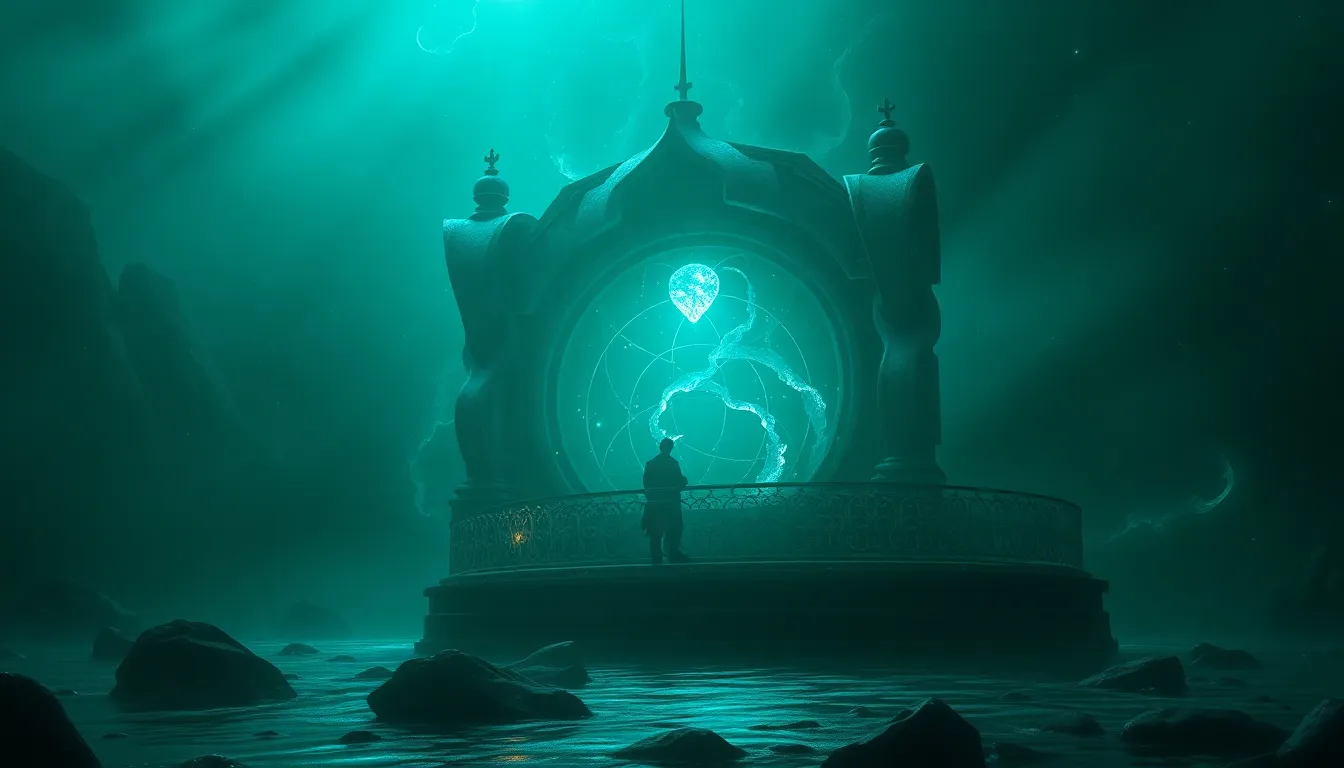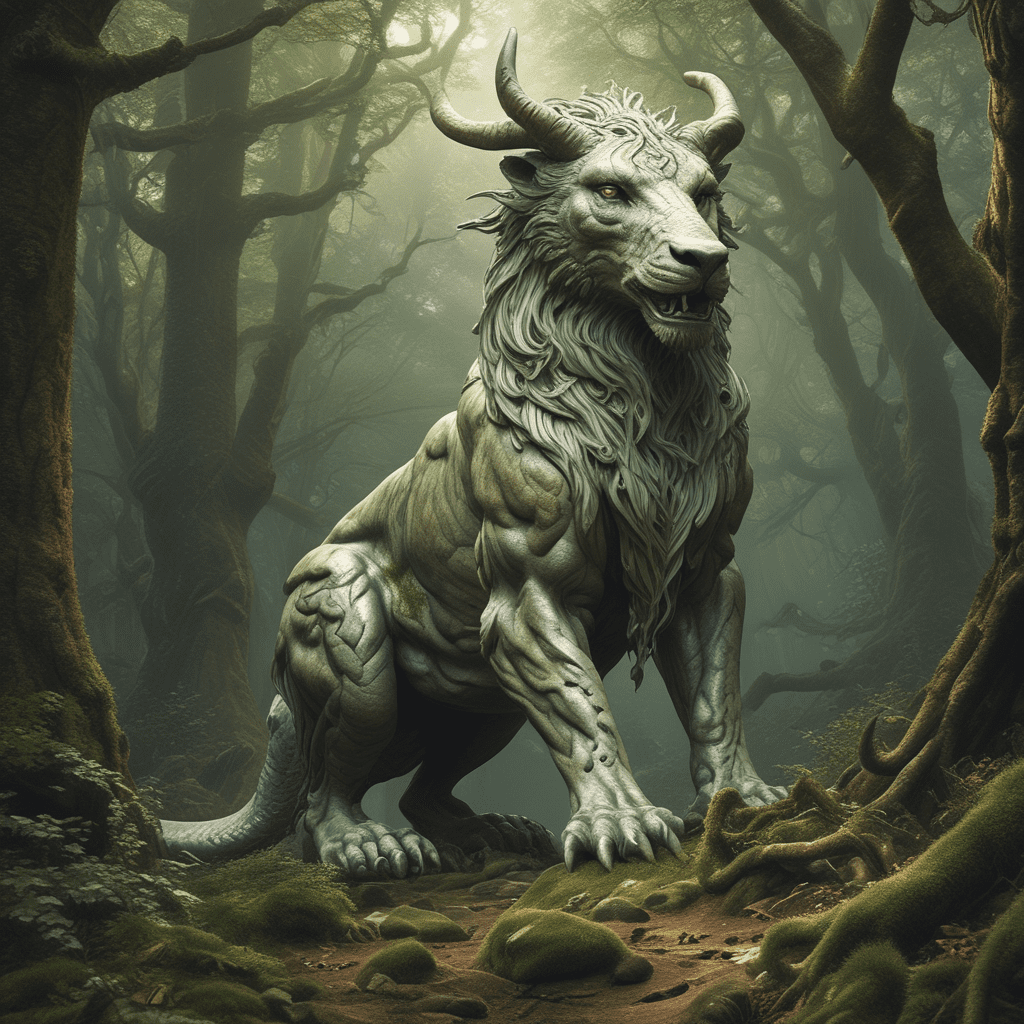The Curse of the Hope Diamond: A Legacy of Misfortune
I. Introduction
The Hope Diamond, one of the most famous gemstones in the world, is renowned not only for its stunning blue color and size but also for its storied history filled with tales of misfortune and tragedy. This remarkable diamond has captivated the imagination of gem enthusiasts and casual observers alike, leading to the belief that it carries a curse that brings doom to its owners. This article delves into the rich history of the Hope Diamond, explores the legend of its curse, and examines the cultural and scientific perspectives surrounding it.
II. The History of the Hope Diamond
The origins of the Hope Diamond can be traced back to India, where it was originally known as the Tavernier Blue, named after the French gem merchant Jean-Baptiste Tavernier who brought it to Europe in the 17th century. Its journey from India to its current home in the United States involved a series of notable owners, each with their own stories of misfortune.
- Origins in India: The diamond was mined from the Golconda mines, famous for producing some of the world’s most significant gemstones.
- The Tavernier Blue: Tavernier sold the diamond to King Louis XIV of France, who had it recut and set into a piece of royal jewelry.
- Subsequent Owners: After the French Revolution, the diamond changed hands multiple times, each new owner adding to its legendary status.
Notable historical figures associated with the diamond include King Louis XVI and his wife, Marie Antoinette, both of whom met tragic ends during the revolution, further fueling the narrative of the diamond’s curse.
III. The Legend of the Curse
The legend surrounding the curse of the Hope Diamond is a tale as intricate as the diamond itself. It is believed that the curse originated from the diamond’s early history, particularly its association with the Hindu goddess Sita, implying that it was stolen from a sacred idol.
- Overview of the curse’s origins: Many believe that the diamond brings misfortune to its owners, originating from its alleged theft from a temple in India.
- Key events: The diamond’s journey through the hands of various owners has been marked by tragedy, leading to widespread belief in its cursed nature.
- Cultural perceptions: Cursed objects have long been a part of folklore, and the Hope Diamond is no exception, being woven into the fabric of cultural narratives surrounding luck and misfortune.
IV. Notable Tragedies Linked to the Hope Diamond
The history of the Hope Diamond is punctuated by a series of tragic events that have been linked to its curse, from its original owner to modern-day holders.
- Jean-Baptiste Tavernier: The diamond’s first owner faced a series of misfortunes, including a tragic death, which some attribute to the curse.
- King Louis XVI and Marie Antoinette: Both were executed during the French Revolution, and their connection to the diamond has been a significant factor in the legend of its curse.
- Less-known owners: Other owners have faced personal tragedies, financial ruin, or unexpected deaths, further perpetuating the belief in the diamond’s curse.
V. Scientific Examination of the Diamond
Beyond the legends and myths, the Hope Diamond has been the subject of scientific examination that highlights its physical and historical significance.
- Physical characteristics: The Hope Diamond weighs 45.52 carats and exhibits a unique blue color due to the presence of boron molecules.
- Historical value: The diamond is not only a remarkable gemstone but also a historical artifact, representing the opulence and tumult of royal France.
- Modern insights: Gemologists have studied the diamond extensively, revealing details about its formation and the geological processes involved.
VI. The Role of Media in Amplifying the Curse
The media has played a significant role in shaping the narrative surrounding the Hope Diamond and its alleged curse.
- Early press coverage: Sensational stories about the diamond’s curse have appeared in newspapers, fueling public fascination.
- Depictions in literature and film: The diamond has appeared in various fictional works, amplifying its reputation as a cursed object.
- Impact of storytelling: The tales surrounding the diamond have influenced public perception, often overshadowing its historical significance.
VII. Skepticism and Debunking the Curse
Despite the allure of the curse, many argue against its existence, offering alternative explanations for the misfortunes associated with the diamond.
- Arguments against the curse: Critics point out that many owners experienced normal life challenges, not necessarily linked to the diamond.
- Psychological explanations: Cognitive biases may lead people to connect unrelated events to the curse, creating a narrative of doom.
- Perspectives from experts: Gemologists and historians often emphasize the importance of separating myth from fact when discussing the diamond’s history.
VIII. The Hope Diamond in Pop Culture
The Hope Diamond has left an indelible mark on popular culture, influencing various forms of media and design.
- Representation in movies and television: The diamond has appeared in numerous films, often depicted as a harbinger of misfortune.
- Influence on jewelry design: The diamond’s unique characteristics have inspired countless jewelry designs and collections.
- Role in supernatural narratives: The diamond is often featured in horror stories, capitalizing on its cursed reputation.
IX. The Hope Diamond Today
Today, the Hope Diamond resides at the Smithsonian Institution, where it continues to intrigue visitors from around the world.
- Current location: The diamond is displayed at the National Museum of Natural History in Washington, D.C., attracting thousands of visitors annually.
- Preservation and display: The diamond is carefully maintained to ensure its beauty and historical significance are preserved for future generations.
- Modern significance: The Hope Diamond remains a symbol of luxury and tragedy, embodying the intersection of myth and history.
X. Conclusion
The Hope Diamond is much more than a stunning gemstone; it represents a fascinating interplay of myth, history, and cultural perception. Its legacy of misfortune, whether real or imagined, has only added to its allure, making it a subject of endless fascination. As we reflect on the stories intertwined with the diamond, we are reminded of the human tendency to create narratives around objects that capture our imagination. The enduring legend of the Hope Diamond serves as a testament to the powerful role of myth in shaping our understanding of history and our relationship with the objects that inhabit it.



